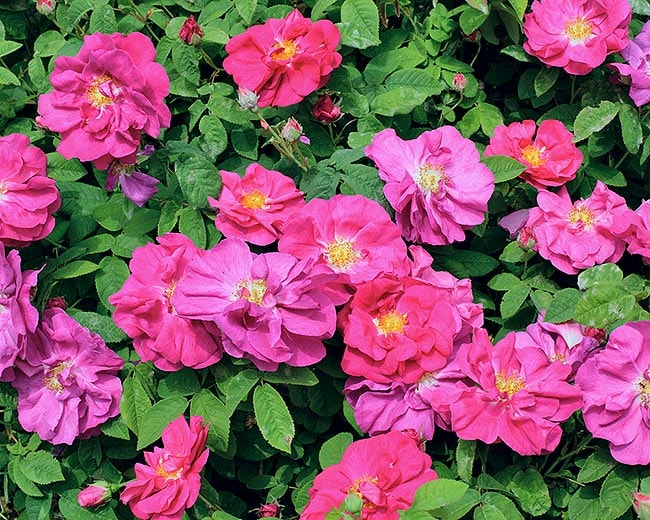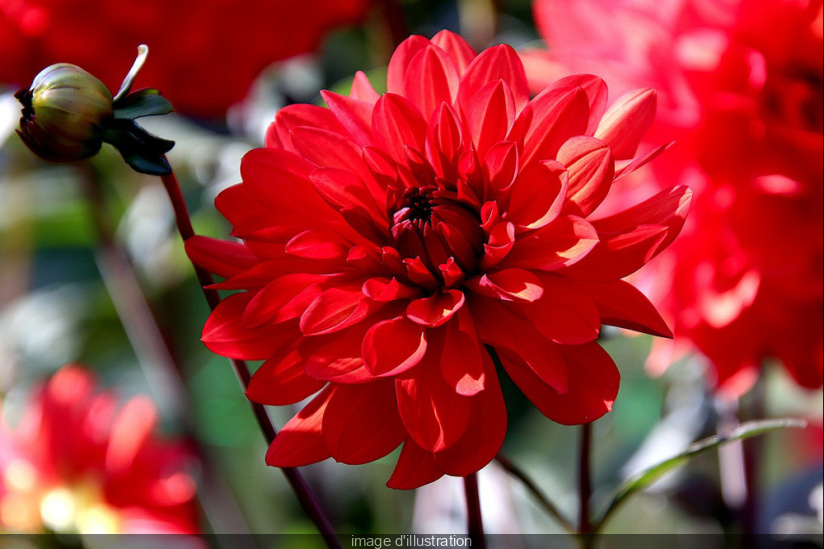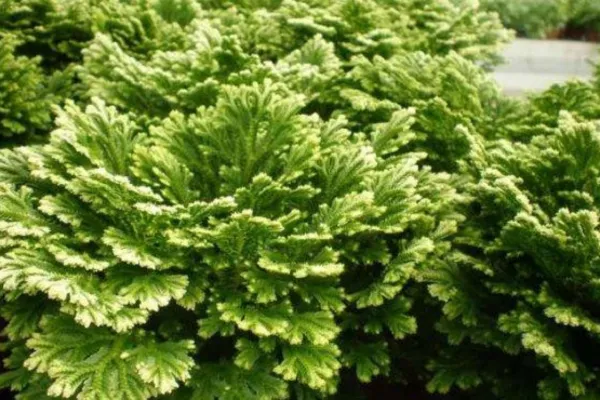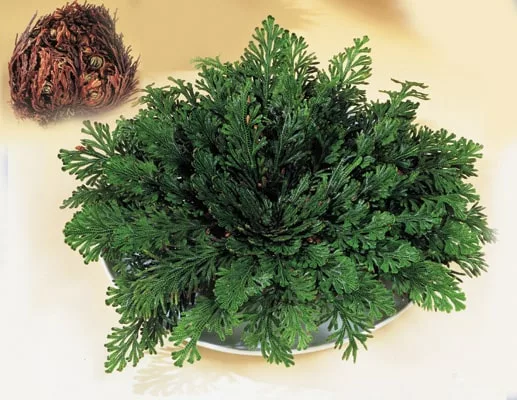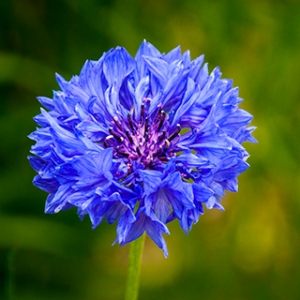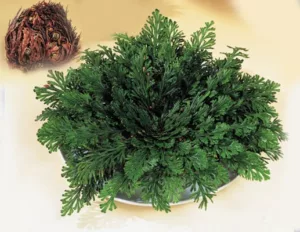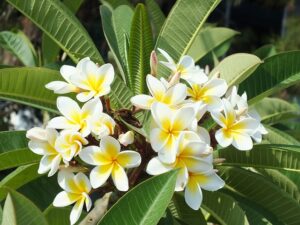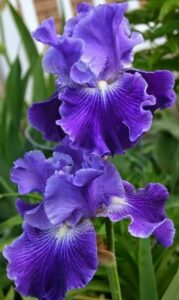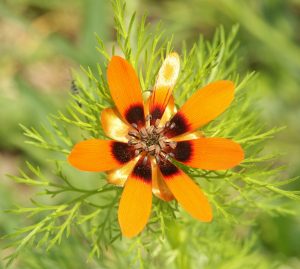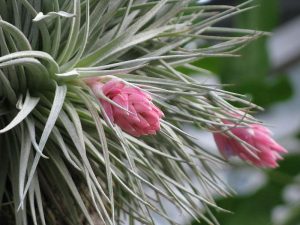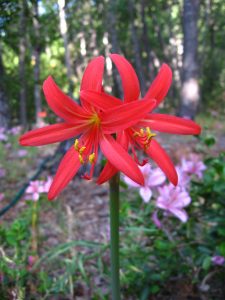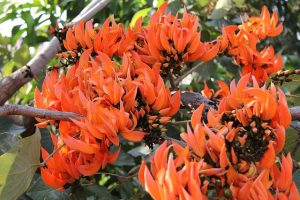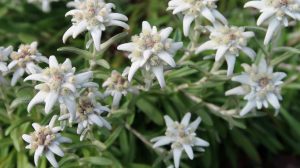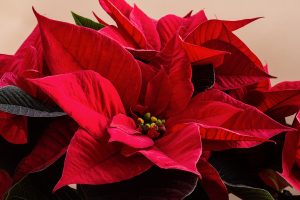Wild Roses (Eglenteria, gallica and pimpinellifolia)
Roses are considered the favorite flowers of humanity, the most cultivated and for most, the most beautiful. Throughout history, roses have been transformed through intense selection and hybridization with the aim of creating new varieties and forms. They are cataloged more than 30,000 varieties or cultivars in the world. Each year there are hundreds of new ones. Of the more than 30,000 varieties.
The classification of roses or rosebushes from a “gardener” point of view is done in 3 groups:
• Wild Roses: those that exist in Nature.
• Ancient Rosebushes: varieties of roses before 1867.
• Modern Rosebushes: varieties of roses after 1867.
Today we will continue talking about some of the most important wild roses.
The Wild Roses
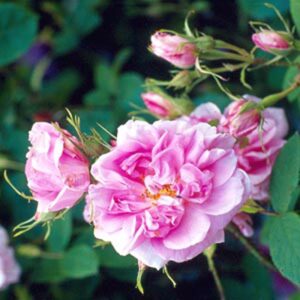
Damascena Rose
It is also known as Rosebush of Alejandría or Turca Rose. The damask rose is a shrub with an informal, deciduous, thorny, vigorous, vertical growth. This can reach 2 m in height. Their stems have many curved thorns and stiff bristles. The flowers are relatively small and grow in groups, they have abundant petals arranged in a rosette, about 10 cm wide, with green ocelli. They occur in summer.
Benefits of damask roses
Damascus roses are used in the kitchen as a flavoring or seasoning ingredient. It appears as one of the ingredients in the Moroccan spice mix known as Ras el hanut. Rose water and powdered roses are used in Iran, India and the cuisine of the Middle East. Today’s western cuisine does not have much use of roses or rose water. However, it was a popular ingredient in antiquity and well into the Renaissance. In Western countries, it is used more often in desserts. Many traditional desserts in Europe, however, still make use of roses, such as Marzipan or Nougat.
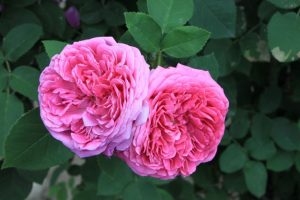
Damascena rose essential oil
For centuries, the Damascus rose (Damascena Rose) has been considered as a symbol of beauty and love. The fragrance of the rose has been captured and preserved in the form of rose water. Of all the varieties of rose, the most precious is undoubtedly the damascena rose, its essential oil, one of the most expensive in the world, is widely used in perfumery.
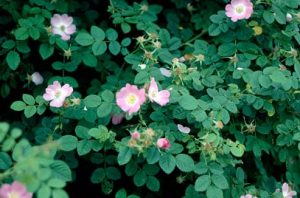
Eglanteria Rose
This plant is known for Mosqueta roses or Rubiginosa roses. It is a wild shrub native to Europe that can exceed 2 m in height. Its stems are thin, flexible and curved, covered with violet-colored spines. The leaves are lustrous, deciduous, alternate, composed of 5 to 9 leaflets, with closed edges. The flowers show five free petals, of pink or white-pink color and musky odor, the stamens are of a lively yellow color. Flowering occurs only once per season.
Benefits of the mosqueta roses
There are many products derived from Mosqueta Rose: sweet, tea, oil, cosmetics line.
This oil is very appreciated due to its regenerative properties of the skin. Its use allows to eliminate wrinkles not very deep, and reduce scars or marks of any etiology. It also redistributes the pigmentation, which makes it possible to eliminate stains. It also performs preventive and corrective actions of photoaging and skin problems due to overexposure to solar radiation, through the self-generation of melanin. It also revitalizes the cells of the inner layers, reinvigorating the fibroblast (cells that produce collagen and elastin, responsible for the firmness and elasticity of the skin).
Mosqueta Rose essential oil
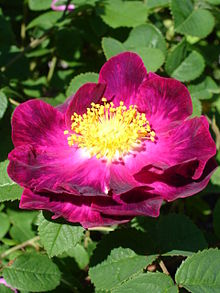
Gallica Rose
This plant is also known for rosebush of Castilla, rosebush of France or rosebush of Provins. It is a species of rose native to central and southern Europe of western Asia from Turkey to the Caucasus. This is a deciduous shrub that can reach up to two meters in height, the stems are provided with stingers and glandular hairs. The leaves, have from three to seven layers greenish blue. The flowers are gathered in groups of 1 to 4. Their color ranges from a more or less intense pink to a red with purple tones. In addition they are simple flowers, where the corolla has five pink odorous petals. The fruits are globose to ovoid, have a diameter of 10 to 13 mm and when ripe they are orange-brown.
Medicinal properties
The gallica rose has disinfectant properties, the infusions from its petals are used to cleanse the skin. To do this boil150 grams of petals in a liter of water. Let the infusion cool down and cool for five minutes. Then you filter it with a cloth and store it in a clean and airtight jar.
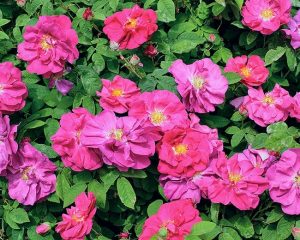
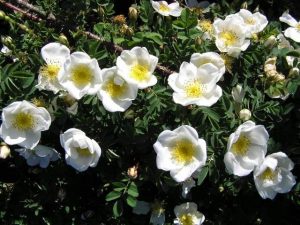
Pimpinellifolia Rose
It is also known as the prickly rose or rose of Alfacar. This plant is distinguished by its stems densely covered with little curved stingers and unequal sizes. In addition, its leaves are composed of 7 or 9 rounded leaflets. The fruit is globose, keeping its sepals whole and erect.
It is a small shrub that can be found in fake jonquil meadows and clear forests. It blooms in the spring months and occasionally in summer. Its flowers are always solitary, but very abundant, 3-5 cm in diameter. They are also milky white, somewhat yellowish at the base, occasionally pink.
I hope you learned a little more about the wild roses and you are encouraged to plant one of these plants. In this way you will not only carry the flowers in your heart, but you will be able to observe them in your garden. ?
Remember to like and share on your social networks if you liked this article. Leave us your comments here.
![]()
Share this content:
